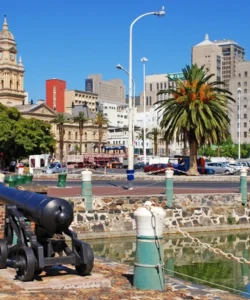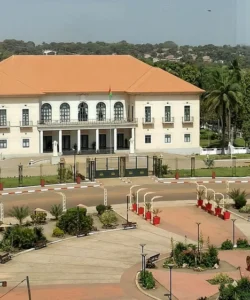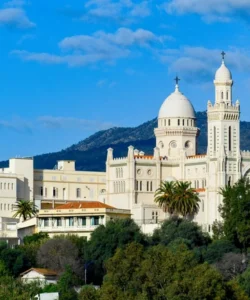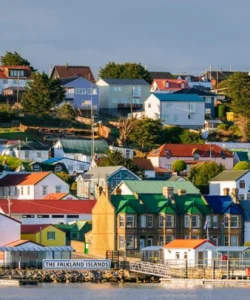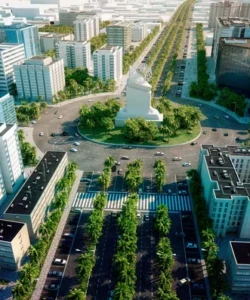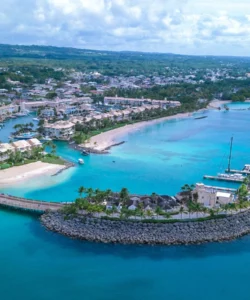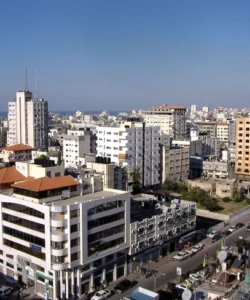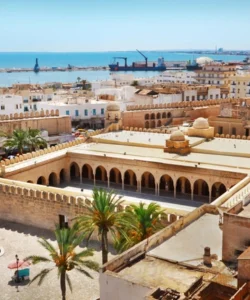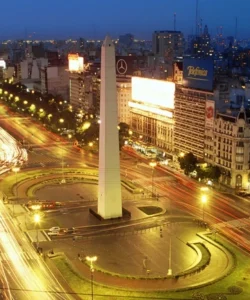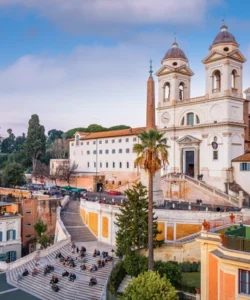Togo, officially the Togolese Republic, is a West African nation renowned for its palm-lined beaches, picturesque villages, and diverse landscapes.
Area: Approximately 56,785 square kilometers (21,925 sq mi).
Population: As of 2023, the population is estimated to be around 9.05 million.
Language: The official language is French. Additionally, there are numerous indigenous languages spoken, with Ewe and Kabiye being the most prominent.
Currency: The official currency is the West African CFA Franc (XOF). This currency is shared by several West African countries in the CFA Franc zone.
Religion: Togo is a religiously diverse country. The majority of the population adheres to Indigenous beliefs (animism, voodoo, etc.), estimated to be around 50%. Christians constitute about 29% (primarily Roman Catholics), and Muslims make up approximately 20% of the population.
Capital: Lomé is the capital and largest city of Togo. It’s a bustling port city located on the Gulf of Guinea, known for its Grand Market, National Museum, and sandy beaches.
Major Cities: Besides Lomé, other significant cities include Sokodé, Kara, Kpalimé, and Atakpamé.
Attractions & Wonders: Togo offers a range of attractions, from vibrant markets to natural parks and historical sites:
- Markets:
- Grand Marche (Grand Market) in Lomé: A bustling and colorful market where you can find a wide array of goods, from textiles to crafts and food.
- Fetish Market (Marche des Feticheurs) in Lomé: A unique and intriguing market specializing in traditional voodoo artifacts and remedies.
- Beaches: Togo’s coastline boasts beautiful palm-lined beaches, particularly around Lomé.
- National Parks & Nature Reserves:
- Fazao-Malfakassa National Park: Togo’s largest national park, home to a variety of wildlife, though poaching has reduced populations.
- Koutammakou (Land of the Batammariba): A UNESCO World Heritage site known for its distinctive mud-tower houses (takienta) and the unique cultural landscape of the Batammariba people.
- Togodo Wildlife Reserve: Known for its birdlife and various mammal species.
- Historical Sites:
- German Colonial Cathedral (Lomé): A prominent landmark reflecting Togo’s colonial past.
- National Museum (Lomé): Houses a collection of Togolese artifacts, traditional masks, and historical exhibits.
- Mount Agou: The highest peak in Togo, offering scenic views and opportunities for hiking.
- Akodessewa Fetish Market (Lomé): The largest voodoo market in the world, offering a fascinating glimpse into traditional African spiritual practices.
Architecture: Togolese architecture showcases a mix of traditional and colonial influences. Traditional homes, especially in rural areas, often utilize local materials like mud, thatch, and wood, with varying styles depending on the ethnic group (e.g., the unique takienta in Koutammakou). Colonial architecture, particularly from the German and French periods, can be seen in government buildings, churches, and some residential structures in Lomé and other older towns. More modern concrete and brick structures are prevalent in urban areas.
Roads: Togo’s road network is generally more developed around the major cities and along the main north-south axis. The N1 highway, connecting Lomé to Burkina Faso, is a key artery. However, many rural roads can be unpaved and challenging to navigate, especially during the rainy season. Efforts are ongoing to improve and expand the road infrastructure.
Hotels: Lomé offers a range of hotels, from international chains like the Radisson Blu Hotel du 2 Fevrier to smaller boutique hotels and guesthouses. Outside the capital, accommodation options become more limited but are available in major towns and near tourist attractions. There is a growing focus on developing eco-tourism lodges and more sustainable accommodation options.
Restaurants: In Lomé, you’ll find a variety of restaurants serving both local Togolese cuisine and international dishes (French, Lebanese, etc.). Street food is also very popular and offers a taste of local flavors at affordable prices.
Cuisine: Togolese cuisine is rich and diverse, with staples like corn, rice, yams, cassava, and millet forming the basis of many meals. Soups and stews are common, often made with vegetables, meat (chicken, goat, beef), or fish.
- Fufu: A popular staple made from pounded yam, cassava, or plantain, served with a variety of sauces.
- Togolese Stews: Often incorporate ingredients like groundnuts (peanuts), palm oil, and various spices.
- Pâté: A common breakfast or snack item, often a pastry filled with meat or fish.
- Akple: A corn flour paste often served with fish and chili sauce.
- Fried Plantains: A ubiquitous and delicious snack.
- Grilled Fish and Chicken: Widely available, especially along the coast.

